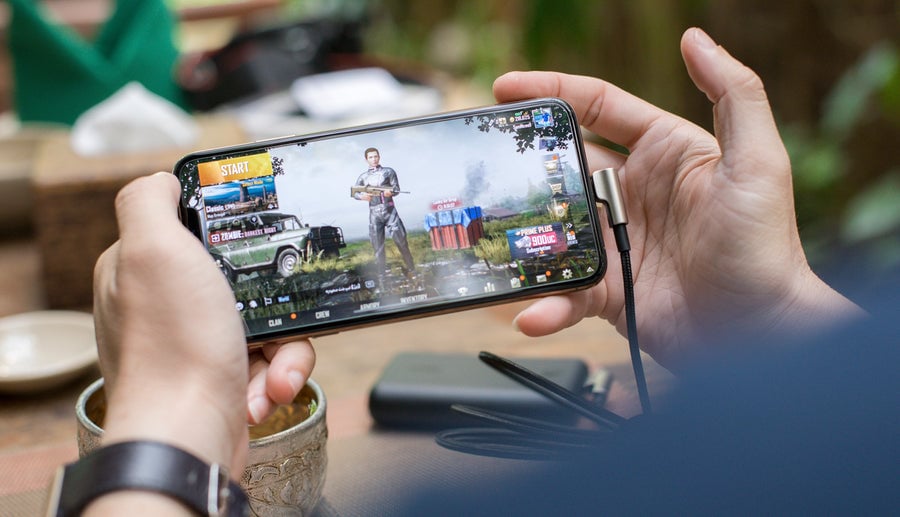
The video game market has undergone significant changes in recent years. It has moved from a home gamer market to one dominated by mobile games. According to a study by Statista, the U.S. video game market should reach $20B US in 2021. Over half -- $11 billion of that -- will be mobile games. Globally the market is double that. This is expected to grow over 10% per year.
For a long time the mobile video game market was reserved for casual players. As these are not very high-caliber gamers, the difficulty level available on smartphones was relatively low.
Significant investments by companies like Google (Stadia), Amazon (Luna), and Microsoft (xCloud) in cloud gaming should help open up the mobile video game market to serious gamers. Ten years ago, no one would have thought it would be possible to play a AAA video game on a cell phone. Yet, it is now possible.
A parallel with the photography and music markets
When the iPhone 4S hit the market with an 8-megapixel camera capable of producing 720 HD video, few thought that this device heralded the beginning of the end for the point-and-shoot camera. But with almost everyone now carrying a smartphone, we all have a high quality camera in our pockets. Digital camera sales have declined over 80% in the past decade. Now, major camera companies like Leica and Hasselblad team up with smartphone OEMs to improve cameras in the phones.
The photo industry was disrupted when smartphone photography reached sufficient quality -- with greater convenience -- compared to traditional primary cameras. Similarly, the music industry was utterly transformed when consumers decided that the quality and convenience of downloadable MP3 files made them superior to CDs.
Are these precursors for the future of video game consoles? The dramatic shift towards mobile games is likely to continue as the mobile gaming experience approaches the console experience.
When smartphones become consoles
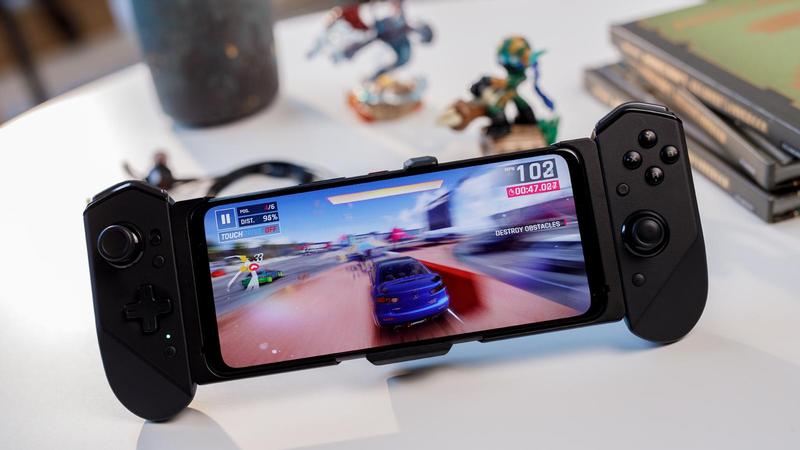
Gamers want the quality of a home console combined with a smartphone's portability. The mobile gaming market is booming because the performance we find in mobile devices is approaching that offered by some consoles. In the best mobile gaming devices everything has been designed to make the gaming experience more immersive and realistic.
To improve the user experience, companies are offering different types of trigger buttons that resemble console controllers. These trigger buttons allow better customization and more possibilities to the player. Some companies use ultrasound to determine the movements made by the fingers. Like sonar arrays, piezoelectric transducers are attached inside the touch surface to transmit and detect ultrasonic waves passing through the surface of the device.
When the finger comes in contact with the surface, the transmitted wave is disturbed. The receiver detects the change in the waveform and understands that the player has just pulled the trigger.
With this technology mobile devices can even capture movements that are happening on the periphery of the device. For example, the phone may understand that the gamer is zooming just by their finger down the side of their phone. This motion detection is of great value to manufacturers who want to push the boundaries of user experience.
Ultrasonic button technology does not provide an immersive experience.
Although this technology seems interesting for detecting force and movement, it does not provide any haptic feedback. It can use the actuator already available to simulate the click, but this causes the entire phone to vibrate and it feels nothing like a click. When an ERM (Eccentric Rotating Mass) or LRA (Linear Resonant Actuator) actuator vibrates, your whole hand feels the vibration, and the effect is not localized where you pressed. This type of effect is far from enjoyable.
Another problem can occur when the actuator is already busy handling the game's haptic feedback duties. It won't also be able to provide click feedback when the player pulls the trigger. It creates a significant lack of precision for the player. Gaming phone companies that want to convince serious gamers that their devices are on par with home consoles must demonstrate that the level of precision is the same.
Black Shark 4 and its mechanical triggers
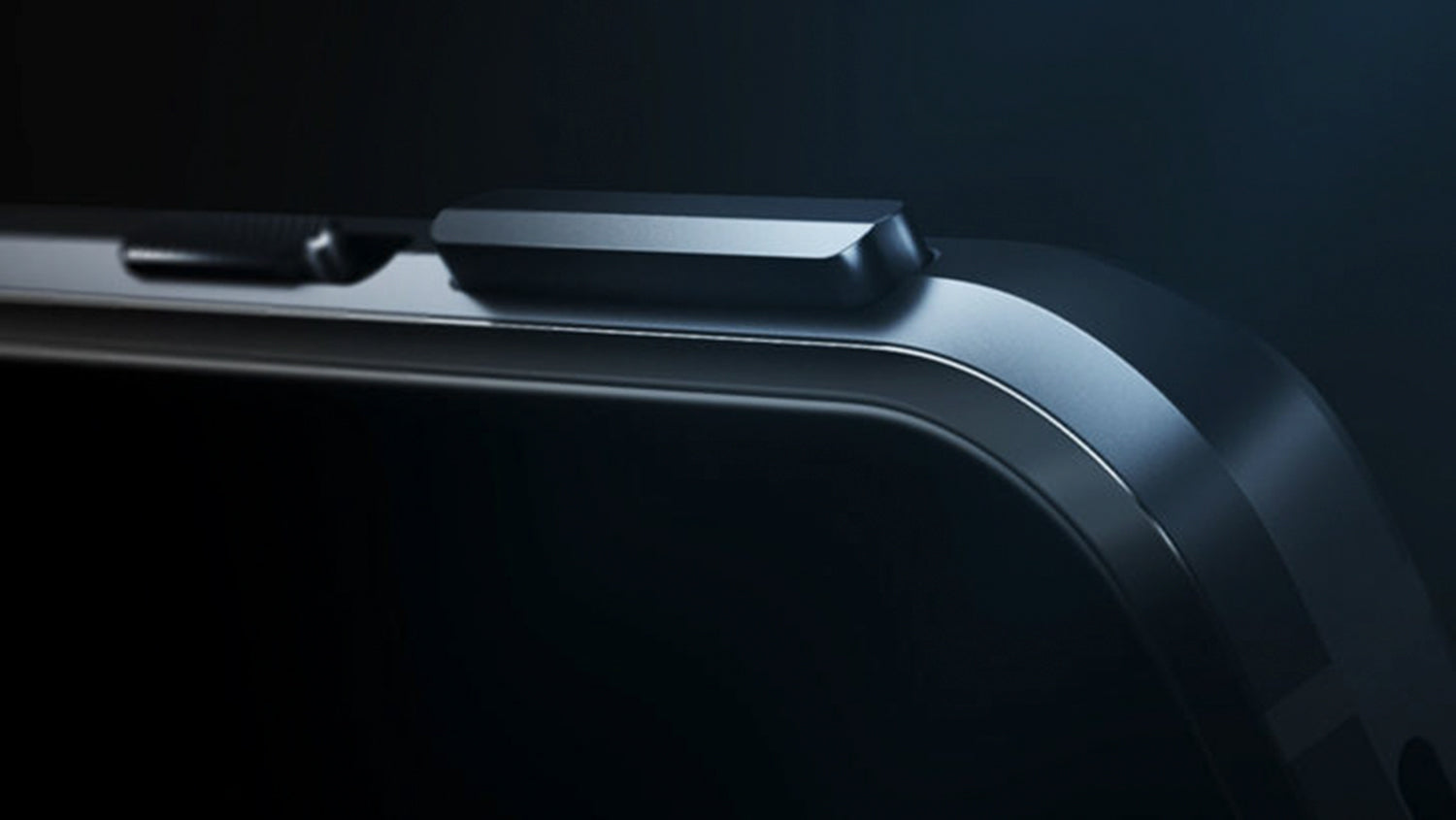
Black Shark is another major gaming phone OEM. They used traditional hardware to offer the best gaming experience: mechanical retractable triggers.
The phone's embedded buttons can pop it out with light pressure, thanks to a magnet system. This type of trigger provides much more precision since it clicks. When not in use, the buttons hide on the surface of the phone.
Users have widely praised this type of innovation. The only problem is that this type of button does not allow any motion detection. The addition of its retractable buttons also contravenes manufacturers' desire to create smooth, waterproof products. Plus, it wastes significant space inside the device.
Therefore, we can conclude that the strengths of the triggers on the Black Shark are the weaknesses of ultrasonic solutions and vice versa. If only there were a product that offered the perfect solution.
It is precisely where piezoelectric haptics could shine.
NexusTouch: the biggest smartphone HMI innovation since the touchscreen.
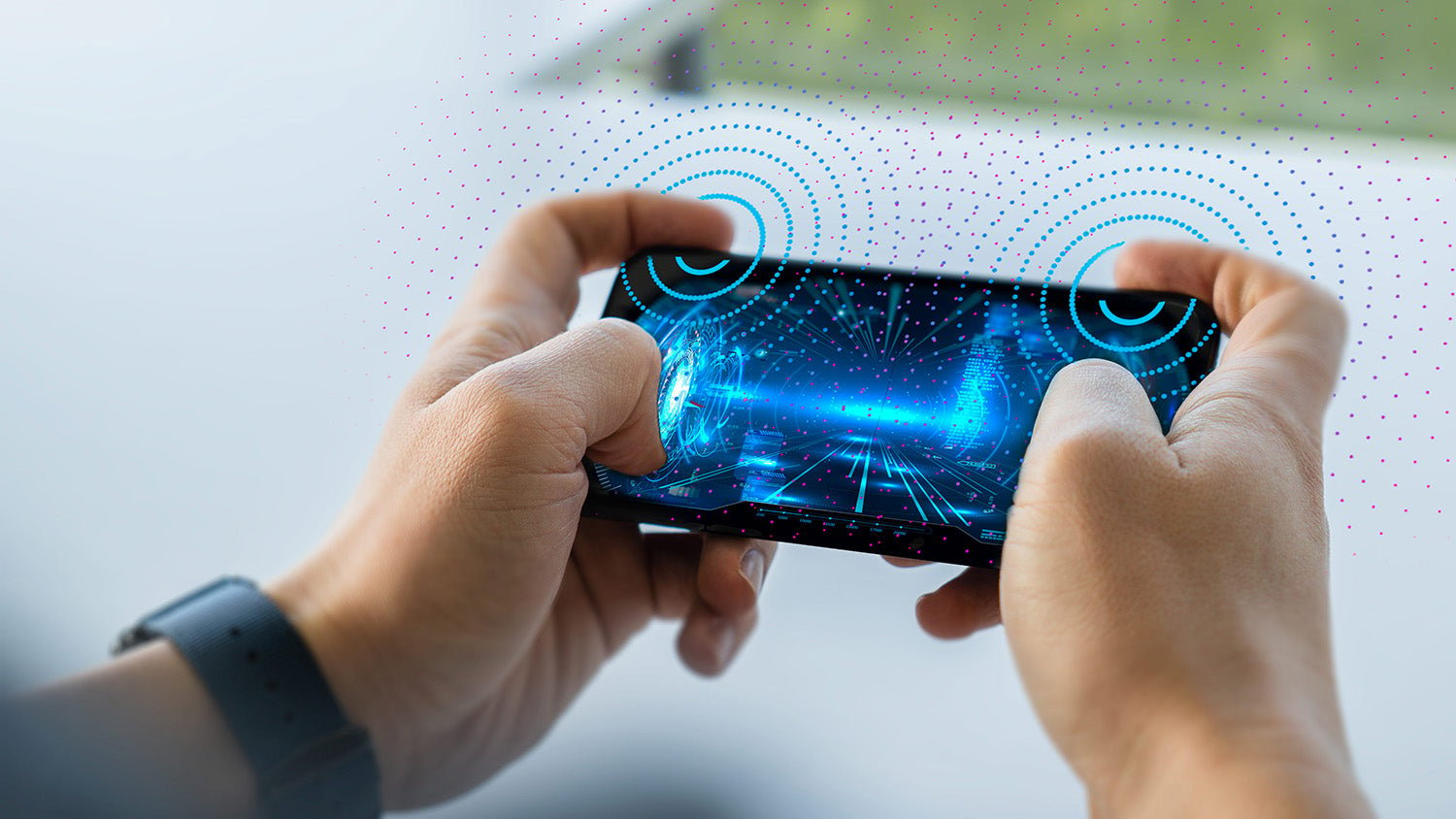
Imagine if you could have all the benefits of a mechanical trigger plus extraordinary motion detection. The future of the mobile gaming user experience lies in advanced haptic effects that are customizable depending on what the player is doing. Take the PlayStation 5 as an example. The triggers on the controller give haptic feedback to the player when they perform specific actions, which makes the game even more immersive. With piezo haptics, this is possible on a phone.
Localized piezoelectric haptics is independent of the smartphone haptic motor and creates the best tactile experience for button replacement solutions. The difference is significant: while a haptic motor vibrates the entire smartphone, localized piezo haptics only vibrates the area under the pressing finger. It is not normal to feel a click on the palm of our hand when we press a button with our finger. Plus, the whole device's weight dramatically reduces the click effect sharpness. It just doesn't feel right.
Boreas NexusTouchTM solves this problem. NexusTouch is the first button replacement solution with advanced gesture detection and localized haptics to improve smartphone interaction design. NexusTouch is the only solution that blends force sensing, gesture detection, and localized haptic feedback. Designers can now extend touchscreen user interfaces to the sides of smartphones and gaming phones. The platform allows for seamless, contextual swipes, taps, and clicks while providing rich haptic feedback.
Replacing buttons with detection solutions without haptics or with the haptic engine of the smartphone is a step backward in terms of user-friendliness. Now you can have the best of both worlds with NexusTouch.
NexusTouch enables the best mobile gaming haptics that you will ever experience, and that means a great gaming experience.
To learn more about our NexusTouch, contact Boreas today. Be among the first to revolutionize the mobile gaming user experience. Your players want it.

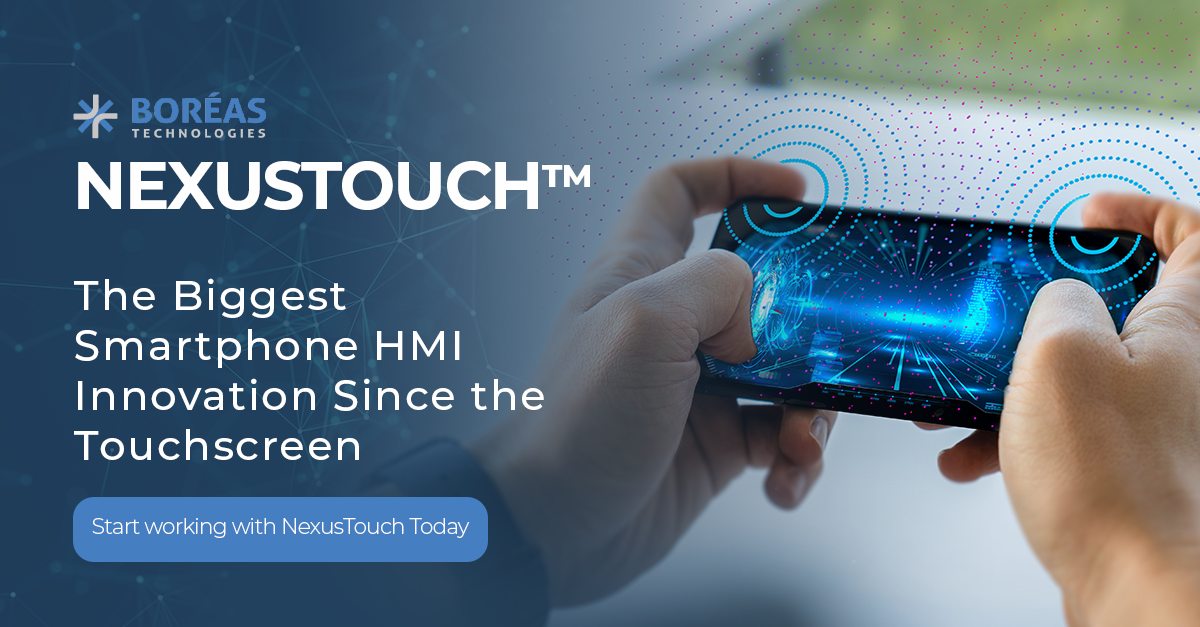
Leave a comment